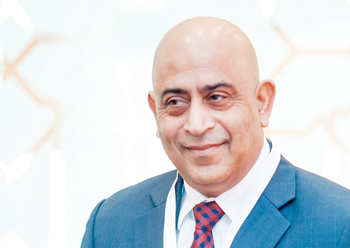
 Power supply is available less than 15 hours a day in Iraq.
Power supply is available less than 15 hours a day in Iraq.
Iraq has embarked on an ambitious diversification plan under which the country will supply 10 per cent of its energy needs from sustainable resources by 2028 through development of large-scale solar, wind and biomass facilities at an investment of over $50 billion.
Blessed with an abundance of solar and wind resources, the war-torn country is seeking to diversify its energy dependency away from fossil fuels within the next decade, and enhance the energy mix, a new report by Frost & Sullivan said.
Iraq suffers from serious electricity shortages due to insufficient generating capacity and increasing demand which is now outpacing capacity expansion. The ISIS aggression in June 2014 reduced the available generation capacity from 28,680 MW to about 24,020 MW. While demand is 17,000 MW, the output of electricity averaged less than 11,300 MW in 2017, stated the report.
Power supply availability is less than 15 hours/day from the public network. This has forced Iraqi citizens to rely on private diesel generators to fill the gap. Considering the current electricity demand growth rate of six per cent, the country needs an additional capacity of 20,000 MW to serve demand of over 32,500 MW by 2028, it added.
To move towards a sustainable economy, Iraq’s electricity infrastructure requires significant investment in capacity expansion, efficiency improvements through retrofits, and renewables-based generation capacity. There is also a pressing need to repair and upgrade transmission lines and substations, Frost & Sullivan said.





















_0001.jpg)


.jpg)
















.jpg)








.jpg)







